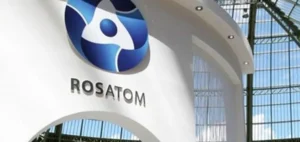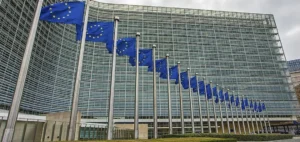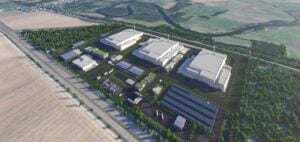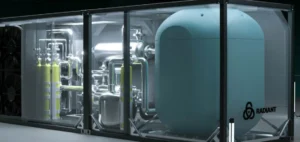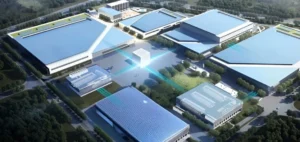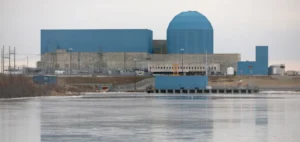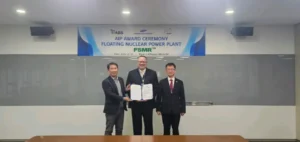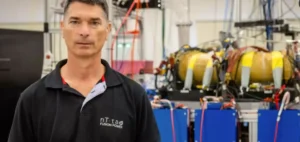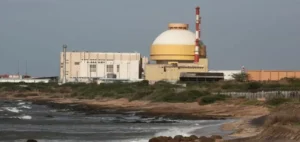Uganda plans to add nuclear power to its energy mix to meet the future needs of its growing economy. The country is seeking to diversify its energy sources to ensure energy security. The latter also seeks to provide enough electricity to support its industrialization.
Uganda seeks to diversify its energy mix
In 2005, Uganda experienced a drought that affected hydroelectric power generation from the Owen Falls Dam. As a result, the country has relied on expensive fossil fuel power plants to support its economy. Ugandan President Museveni has directed the Ministry of Energy and Mineral Development to diversify the energy mix. Behind this decision, the objective is to develop all available resources, including nuclear energy. Indeed, it is essential to meet the country’s electricity needs.
Uganda currently produces 2,100 MW of electricity, but this will not be enough to meet the country’s growing needs. According to Uganda’s Ministry of Energy and Mineral Development, even fully exploiting the country’s energy resources will not be enough to meet the target of 3,668 kWh of electricity per capita by 2040.
The development of the nuclear energy program in Uganda
The Ugandan government is currently evaluating the country’s uranium resources. This assessment is being made as part of long-term planning for the addition of nuclear power to its future energy mix. The International Atomic Energy Agency (IAEA) supports these efforts through its technical cooperation program.
The country is currently working to implement the recommendations and suggestions of an Integrated Nuclear Infrastructure Review Mission (INIR) conducted by the IAEA in 2021. The objective is to assess the status of nuclear infrastructure development. A site in Kasaato has been proposed for a nuclear power plant. In addition, other options in Nakasongola and Kiruhura were also mentioned. The first 1000 MW plant is planned to be connected to the grid by 2031.
The government announced that the country has taken concrete steps to develop a nuclear power program in Uganda. Energy and Mineral Development Minister Ruth Nankabirwa Ssentamu said in a speech read on her behalf by Minister of State for Energy Okaasai Sidronius Opolot that the country had made progress in putting in place legislative and regulatory requirements as well as site selection.
Memoranda of understanding for nuclear energy
The Ugandan Ministry of Energy and Mineral Development signed a memorandum of understanding with Korea Hydro & Nuclear Power (KHNP) on the sidelines of the conference. This protocol aims to strengthen nuclear cooperation between the two organizations. More specifically, it consists of a partnership in the fields of design, construction and operation of nuclear power plants. KHNP CEO Hwang Joo-ho emphasized that this cooperation will improve the quality of life of the African people.
In addition, two memoranda of understanding were signed for the project to establish a nuclear research center at Soroti University. The first is with the university itself. The second with INVAP of Argentina, which has already participated in the site selection process for the nuclear training center. They mark an important step in the development of nuclear energy expertise and capacity in Uganda.
The conference, which took place from March 14 to 17, provided an opportunity to review progress in the field of nuclear energy in Uganda and to strengthen international cooperation.




